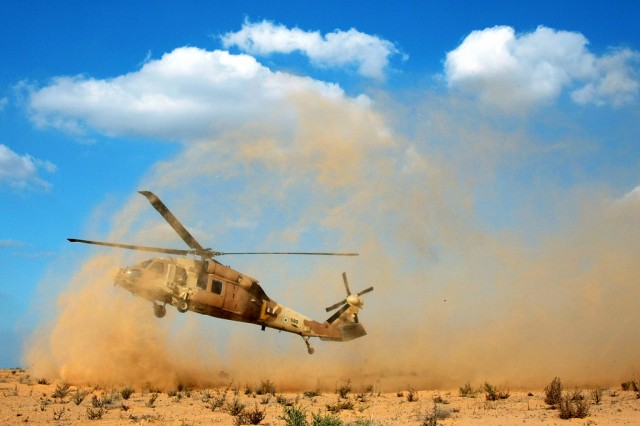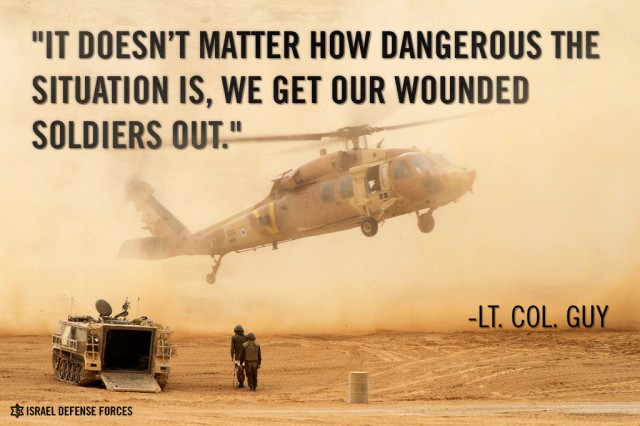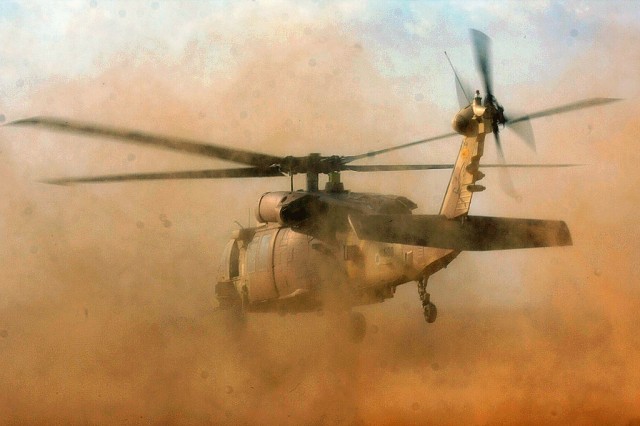The Rolling Sword Squadron – Anytime, Anywhere
Throughout their training, IDF infantry forces prepare for one moment: a ground operation. Simultaneously, one special squadron of the Israeli Air Force prepares for the same moment but with a different objective in mind, to save lives.

“Tense quiet.” That’s how the pilots and soldiers from the elite 669 Unit described the first days of Operation Protective Edge, when the ground offensive was still a contingency plan. The squadron was responsible for evacuating and rescuing ground forces under fire while providing emergency medical care to wounded soldiers and transferring them to hospitals.


The preparations for this mission began well before the ground phase of Operation Protective Edge. The team underwent thorough mental training and began preparing for a war-like scenario far in advance. “During the first days of the operation, we trained in cooperation with the brigades that were meant to enter Gaza in case of a ground operation. This way we would be as prepared as possible in case the order was given,” said Lt. Col. Guy, the commander of the “Rolling Sword” squadron, which operates the IDF’s Black Hawk Helicopters.
Most of the evacuations performed by the squadron took place during night or at dawn. There were many missions in which they had more than ten rescue operations, one after the other. “We entered a state of combat in which there were constantly helicopters in the air. The helicopters would reach the squadron base and a few minutes later they would leave for their next missions,” said Lt. Col. Guy.
One of the squadron’s tasks was to evacuate the commander of the Golani Brigade's 12th Battalion. The following video provides an exclusive look into the crucial moments of the complex mission.
As the battalion’s commander was waiting to be evacuated, the 12th battalion’s Operations Officer, Cpt. Yaron, did not leave his side. “I found the battalion commander lying completely paralyzed, unconscious, under the rubble of a building. As I was trying to save him, another part of the building collapsed and broke some of my ribs. I sent him to the armored personnel carrier where he was resuscitated by a doctor,” said Cpt. Yaron. “It took around twenty minutes and a lot of fire and smoke screens until we reached the Karni Crossing. It was a difficult evacuation. Within three minutes the battalion commander was on a helicopter on his way to Soroka Hospital.”


This squadron performs the most complex evacuations from the front lines. “In order to perform the evacuations, we need to know every detail about the battlefield. We must learn how to fly as far away from threats as possible, but as close to the ground as possible, in complete darkness, without hitting electricity cables or other obstacles,” explained Lt. Col. Guy. “But it doesn’t matter how dangerous the situation is, we get our wounded soldiers out.”



